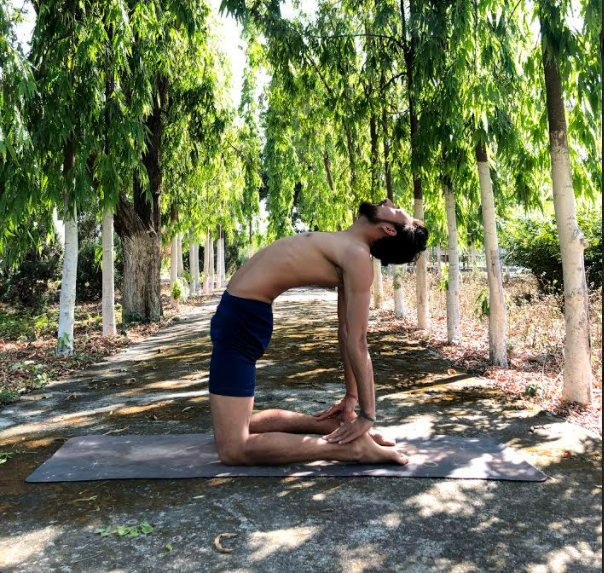
Ushtrasana, also known as Camel Pose is a kneeling back-bending asana.
The name comes from the Sanskrit words, Ustra meaning “camel”, and Asana meaning “posture” or “seat”.
Ustrasana, Ushtrasana, or Camel Pose Step-by-Step Instructions
Starting Position: Vajrasana
- Stand on the knees. Keep the thighs fully straight. Keep the knees and feet together.
- Lean in the backward direction. Slowly move more backward. Reach the right heel with the right hand, and the left heel with the left hand. Avoid straining the body.
- Push the hips in the forward direction. The thighs should be kept vertical.
- Then bend the head and the spine as backward and as far as possible without straining.
- Relax the body and the muscles of the back.
Support the body weight equally on the legs and arms.
- Keep the arms in such a way that they anchor the shoulders to maintain the back arch. Stay in the same position for as long as you find it comfortable.
- Then release the hands from the heels one by one and return to the starting position.
Precautions of Ustrasana, Ushtrasana, or Camel Pose
- Breath normally throughout the practice. Avoid long and deep breaths as the chest is already stretched during this asana and taking long, deep breaths may create discomfort in breathing.
- People suffering from high or low blood pressure should avoid practicing this asana.
- People suffering from insomnia should avoid this asana.
- Ustrasana should be avoided by people having any back injury or pain in the neck.
- Ustrasana is not recommended for people suffering from a migraine.
Benefits of Practicing Ustrasana, Ushtrasana, or Camel Pose
- Helpful in getting rid of all kinds of back pain.
- Stimulates the functioning of the thyroid gland.
- Makes the neck, back, chest and abdominal regions flexible.
- Stretches pelvic region thus helpful in getting rid of menstrual discomforts.
- Improves digestion and reduces excess fat deposited on the stomach, neck and back.
- Activates the brain cells and makes it function better by improving the blood circulation.
- Beneficial for curing the diseases related to the respiratory system such as Bronchitis and Asthma.
Best Yoga School in Rishikesh || Yoga Teacher Training in Rishikesh || 100 Hour Yoga Teacher Training in Rishikesh || 200 Hour Yoga Teacher Training in Rishikesh || 300 Hour Yoga Teacher Training in Rishikesh || 500 Hour Yoga Teacher Training in Rishikesh
Online Yoga Teacher Training || Yoga Teacher Training Online || Online Yoga Teacher Training Course
Recent Posts
- An Expert’s Guide to Yoga Philosophy
- What is Yin Yoga? 10 Benefits of Yin Yoga
- The Subtle Energy centres of the human body
- Emotional Healing through Yin Yoga
- Philosophy of action – Karma Yoga
- Yoga for Adolescent Girls
- Pranayama- the Ashta Kumbhakas
- Key Muscles Used in Ashtanga Primary Series
- Spine Health And Yoga: Top 5 Yoga Poses for a Healthy Spine and Back
- Scorpion Pose for Strength and Flexibility: An Ultimate Guide for Mastering the Balancing Act
- Why Multi-Style Yoga Training is the Ultimate Choice for Aspiring Instructors
- How Yoga Science and Anatomy Enhance The Practice
- Yoga for digestive health
- Yoga for Seniors: Boosting Overall Health and Wellness in Later Life
- International yoga day: A Global Celebration of Yoga and Well-being
- Ashtanga Vinyasa Yoga vs. Hatha Yoga: A Comprehensive Comparison
- Sound Healing: The Therapeutic Power Of Vibrations For Wellness
- How to Become a Certified Yoga Instructor in Rishikesh
- Yoga Teacher Training
- Living Yoga Philosophy Daily
- The Impact of Yoga on Sleep Quality and Insomnia
- Corporate World in Yogic Way
- Yoga rooted in Harmony with Nature
- Yoga and Mindfulness: Cultivating Presence On and Off the Mat
- Yogasana: The Inner Journey from Exercise to Yoga


